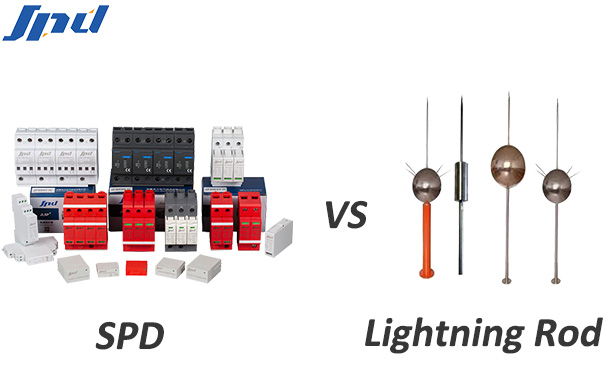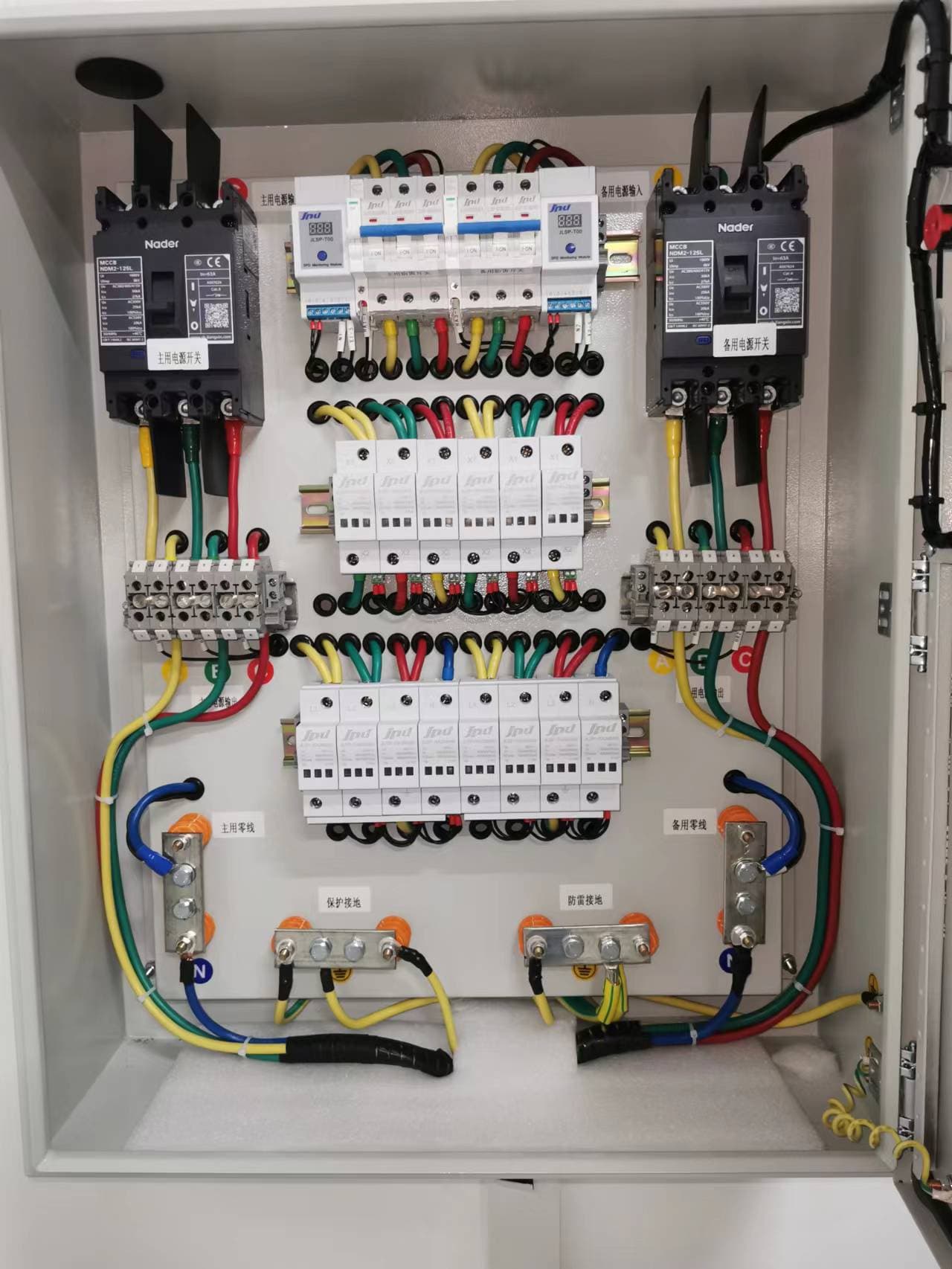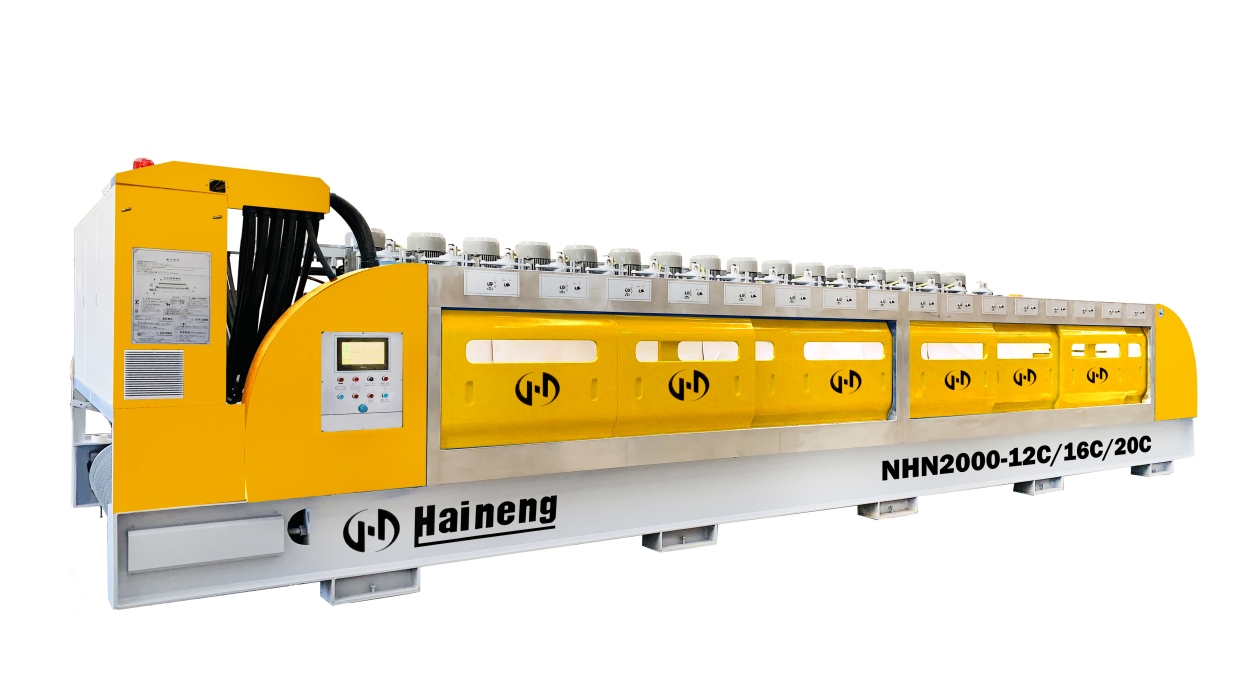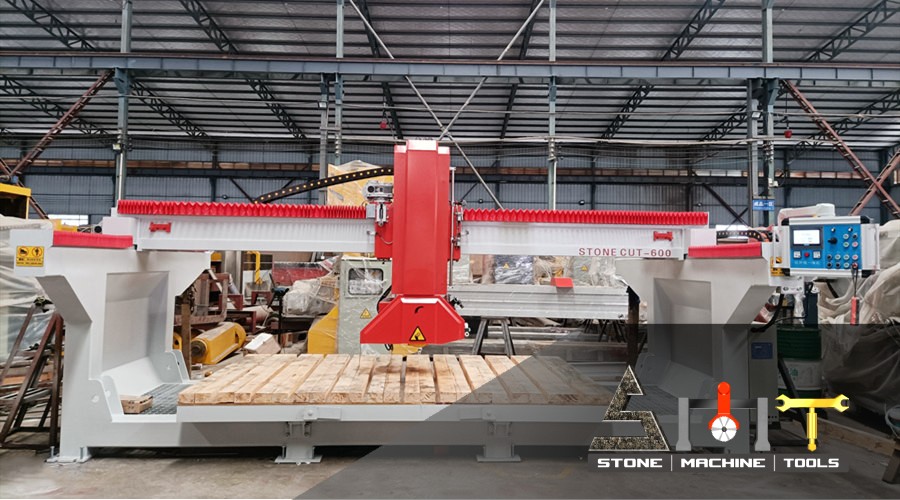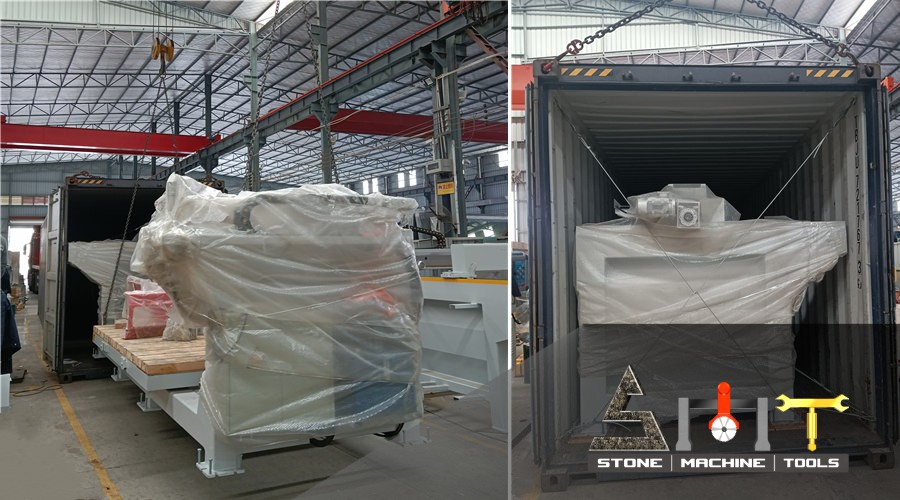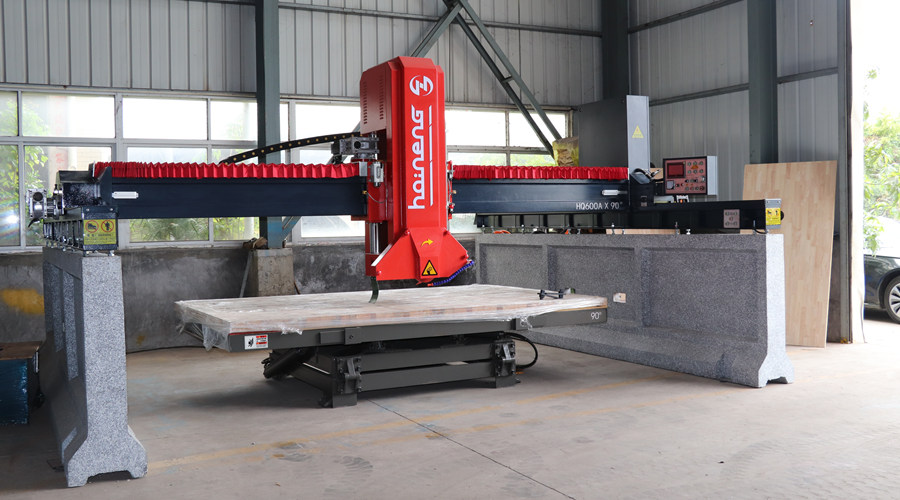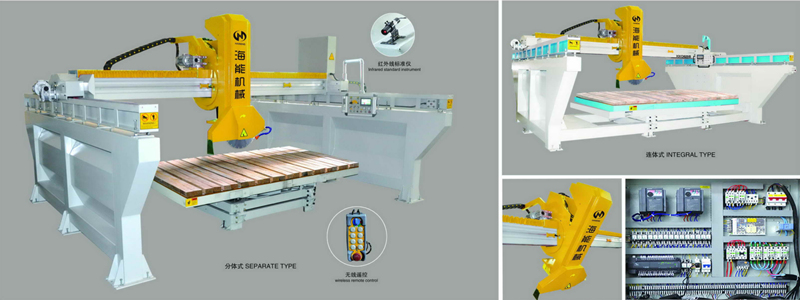Why do need to install SPD after installing lightning rod? What is the core difference between SPD and lighting rod?
1. The role and limitations of lightning rods
Intercepting direct lightning strikes: Lightning rods attract lightning through tip discharge and safely conduct lightning current into the earth through down conductors, protecting building structures from damage by direct lightning strikes.
Limited protection range: The protection range of a lightning rod depends on its height and rolling ball radius, and it cannot cover all possible lightning strike paths.
No protection against induced lightning and surges: When lightning strikes occur, even if the lightning rod successfully conducts the lightning current, the strong lightning current will still induce transient overvoltage (surge) in nearby wires (such as power lines and signal lines). These surges can enter the building through the lines, damage electronic equipment, and cause electrical fires.
2. The core role of SPD
Discharge surge energy: SPD limits transient overvoltage in the line to a safe level through rapid response (nanosecond level) and discharges excess energy to the ground.
Protect sensitive equipment: Prevent power surges from damaging computers, home appliances, communication equipment, etc. through power and communication lines (even if the building is not directly struck by lightning).
T1 SPD: Installed at the incoming line end of a building (such as the main distribution cabinet) to deal with high-energy surges introduced by direct lightning strikes.
T2 SPD: Installed in the distribution cabinet or at the front end of the equipment to further limit the residual pressure and protect the terminal equipment.
3. Collaborative protection of lightning rod and SPD
External lightning protection + internal lightning protection:
Lightning rod (external lightning protection): responsible for intercepting direct lightning strikes and protecting the building structure.
SPD (internal lightning protection): responsible for eliminating induced lightning and surges, protecting electrical systems and equipment.
Actual scenario example:
The lightning current enters the ground through the down conductor, but it will generate an induced surge in nearby conductors. Without SPD, power surges may enter the room along the power lines, burning out electrical appliances or causing fires. When lightning does not directly strike the target building: when lightning strikes the nearby ground, buildings, or discharges between clouds, the changing electromagnetic field induces overvoltage on the power grid conductor, and SPD can protect against such surges.
